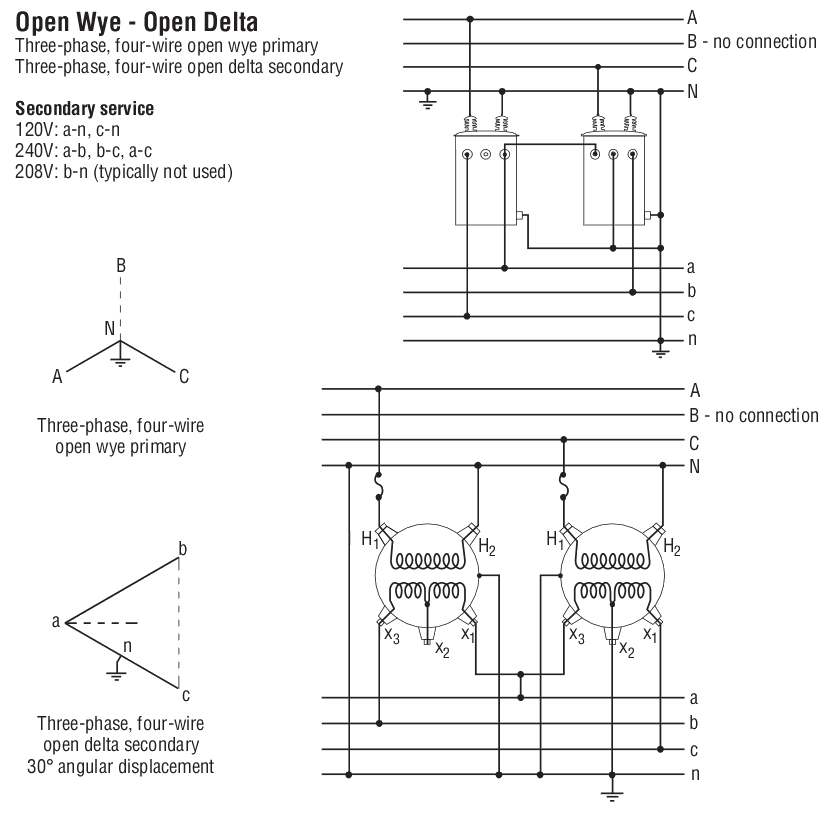8 pages of stuff! There are two major issues regarding a water pipe correct? One is utilization as a grounding electrode per 250.52. The other is 250.104. It seems to me that the O's question was in regards to 250.52, how often does anyone here see a new installation where the incoming water system is metal underground water piping? Even on the high end specification jobs nowadays, I usually see plastic. I have read that the Concrete encased electrode is a very effective connection to earth ground and that is why the code is no requiring it in all new contruction. Why not modify the code, to require the UFER as the primary grounding source for all new contruction? Removing it as a method period from 250.52, unless one can proove that an underground water pipe is at least 10 feet in length, which means digging it up in existing construction? Otherwise, how deos anyone know that it is a proper electrode?
On top of that, why does the bond for 250.104 need to be a table 250.66 sized conductor? What makes the water piping inside the structure any different that other metal systems? On a side note, how does one go about bonding the parts of the water piping system together? It seems to me that the code doesn't designate what constitutes a part of the system, so any 2 foot section that is spearated by a dielectric fitting, for example would need to be bonded over the fitting with a 250.66 sized bonding jumper. Especially including a bond between the cold and hot water at ANY heater including and insta hot. Why isn' this done?

